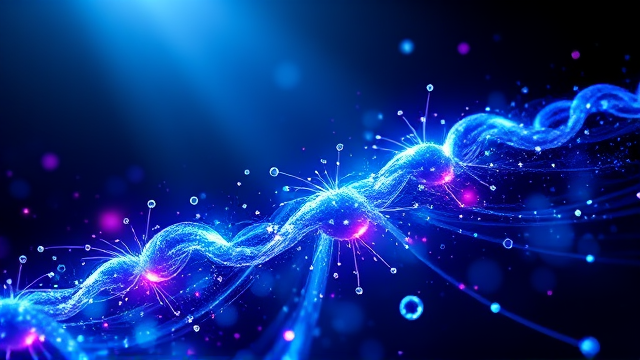Decades-old photosynthesis mystery finally solved
For decades, the very first moment of photosynthesis—the miraculous process that powers nearly all life on Earth—has held a secret, a fundamental asymmetry that scientists have struggled to explain. Why, when sunlight strikes the heart of a plant cell, does the resulting torrent of energy cascade down one specific, highly efficient pathway, completely ignoring its seemingly identical twin? It’s a question that has vexed biophysicists for generations, akin to asking why a river, given two identical valleys to flow down, consistently carves a canyon through only one.Now, a brilliant collaboration between researchers at the Indian Institute of Science (IISc) and Caltech has finally cracked this quantum biological code, and the answer reveals a level of engineering precision in nature that rivals the most sophisticated human technology. Using incredibly advanced computer simulations that operate at the quantum mechanical level, the team discovered that one of the two possible routes for energy transfer presents a significantly higher 'energy barrier.' Think of it not as two open doors, but as one clear path and one with a formidable, invisible wall. This barrier effectively blocks electrons from taking the scenic route, forcing the entire energetic deluge down a single, optimized channel.This isn't a random flaw; it's a masterstroke of evolutionary design. This forced directionality is what allows plants, algae, and certain bacteria to shuttle the sun’s energy with near-perfect, almost instantaneous precision to the 'reaction center' where it can be converted into chemical fuel.Without this elegant solution, the process would be chaotic and hopelessly inefficient, like a fire hose spraying water in all directions instead of a targeted stream. The implications of this discovery are cosmic.It fundamentally deepens our understanding of how life harnesses the universe's most abundant energy source. It provides a blueprint for the next generation of artificial photosynthesis and bio-inspired solar cells, technologies that could one day solve our energy and climate crises by mimicking nature’s billion-year head start.Furthermore, it hints at the profound role quantum effects play in biology itself—a field that is forcing us to reconsider the very boundaries between the physics of the very small and the messy, warm world of living cells. This breakthrough is more than just solving an old puzzle; it’s a window into the exquisite, hidden logic of the natural world, a reminder that even in a sunbeam caught by a leaf, there are depths of genius we are only just beginning to fathom.
Latest News
In a development that feels as monumental as the first time humanity grasped the orbital mechanics that would one day take us to Mars, a cadre of international
5 hours ago0 comments
In the grand, unfolding narrative of Africa's energy future, a quiet but profound struggle is taking place, one that pits the seductive allure of quick-fix
6 hours ago3 comments
The persistent longevity gap between the sexes, a phenomenon observed not just in our own species but across a remarkable spectrum of mammalian life, from the
8 hours ago3 comments
The skies above Hong Kong performed a spectacular act of atmospheric theater earlier this month, presenting residents of Tsing Yi with a vision so ethereal it
13 hours ago5 comments
In a landmark study emerging from Spain, a nuanced and more intelligent iteration of the celebrated Mediterranean diet has demonstrated a staggering 31%
14 hours ago5 comments
It’s a quiet truth, one that emerges not in the stark light of a clinic but in the whispered confessions of daily life: the weight of depression isn't a
14 hours ago3 comments
For decades, the very first moment of photosynthesis—the miraculous process that powers nearly all life on Earth—has held a secret, a fundamental asymmetry
14 hours ago3 comments
The very ground beneath California, long accepted as a precarious but predictable neighbor, is now revealing a more volatile and terrifying personality.
15 hours ago4 comments
It’s quiet here...Start the conversation by leaving the first comment.
